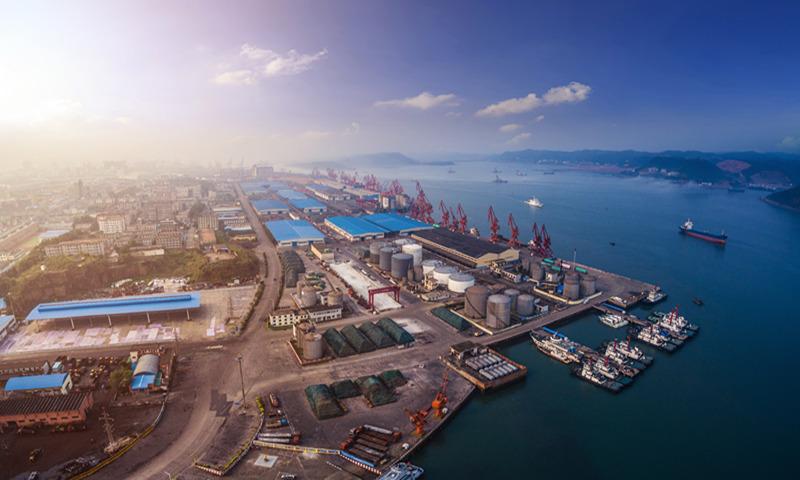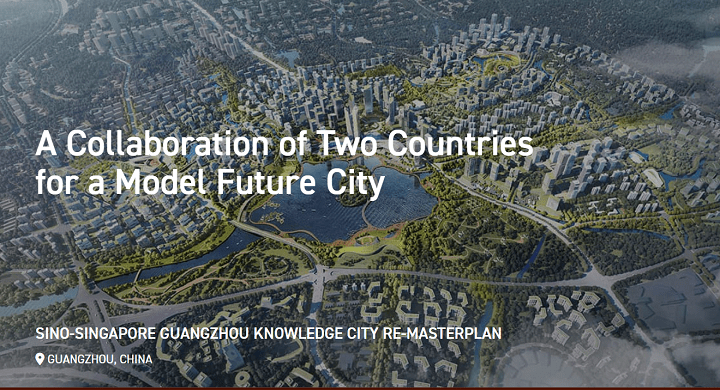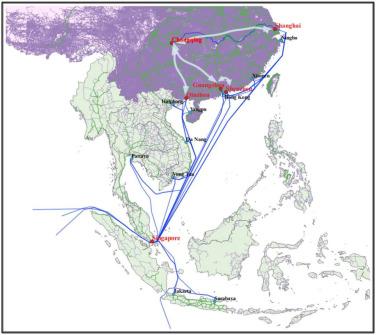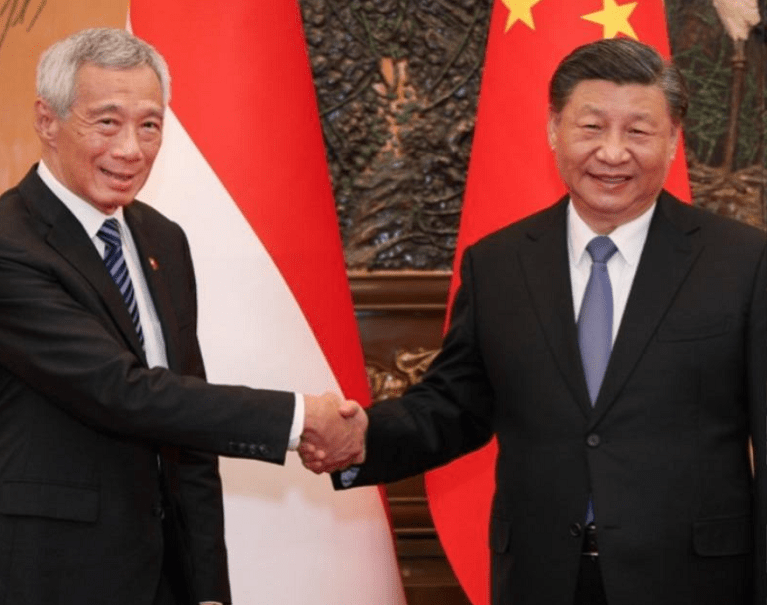
Since Deng Xiaoping visited Singapore in 1978, that country’s relationship with China has gone from strength to strength, anchored by regular high-level exchanges and robust economic ties. Among ASEAN members, Singapore was the first to support and participate in China’s reform and opening-up policy. It is also among the first to publicly voice support for the China-proposed BRI.
The recent official six-day visit to China (March 27 to April 1, 202 by Singapore’s Prime Minister Lee Hsien Loong further cemented the bilateral relationship.
During his high profile visit, PM Lee met with China’s President Xi Jinping twice, once at the Great Hall of the People. It was a monumental meeting which saw Singapore’s bilateral relations with China upgraded to an “All-Round High-Quality Future-Oriented Partnership”.
PM Lee and his delegation visited the WeRide Headquarters and the China-Singapore Guangzhou Knowledge City (CSGKC), a state-level bilateral project and one of several Government-to-Government projects between Singapore and China. Lee also visited the Chinese island of Hainan, where the PM delivered a speech at the Boao Forum for Asia (BFA) 2023 Annual Conference, before traveling to Beijing.
Besides newly elevated ties, the trip resulted in the substantive conclusion of the China-Singapore Free Trade Agreement (CSFTA) Subsequent Negotiations.
For Singaporean businesses looking to expand into China, the upgraded CSFTA is welcome news. Not only does it improve market access, it also provides for more business-friendly, liberal and transparent rules.

As a result of the expanded CSFTA, Singapore can look forward to deepening its cooperation with China, including in areas such as trade and investment, green and digital, food security, financial sector, connectivity, and people-to-people exchanges, noted PM Lee.
New International Land-Sea Trade Corridor
The Singapore PM’s visit took place as the very first NEV (New Energy Vehicle) special sea-rail combined transportation express delivery operated under the western New International Land-Sea Trade Corridor – a signature China-Singapore cooperation project under the Belt and Road Initiative (BRI).
The New International Land-Sea Trade Corridor connects all ASEAN countries with western China through three logistics forms: Sea-rail combined transportation, international railway combined freight trains, and cross-border highway shuttle buses.
The inauguration represented a new step in the further expansion of the corridor and in further facilitating regional connectivity after auto export express trains started regular operations through the passage in 2022.

The corridor has risen to become a major trade channel between western Chinese provinces and regions and ASEAN members, with Chongqing and Singapore serving as twin transportation hubs.the corridor, which was inaugurated in 2017 under the support of both the Chinese and Singaporean governments, has created an inclusive global BRI transportation network that not only connects ASEAN members with western China but also stretches further to link the region with Central Asia and the European continent.
Leveraging the advantage
An executive from the China-Singapore (Chongqing) Demonstration Initiative on Strategic Connectivity Administrative Bureau (CCIB), which is responsible for implementing the China-Singapore (Chongqing) Demonstration Project on Strategic Connectivity including the corridor, told the Global Times that the route has given full play to the advantages born from the Chinese and Singaporean sides.
“Singapore has a geographic advantage, and is also an important global center for trade, finance and shipping. China is also advancing the development of its western regions. So the cooperation produces a radiation and driving effect in constructing a new landscape in global connectivity,” the executive said.
China’s advantage is also manifested in its rich experience and technology in infrastructure connectivity, observers said, adding that Singapore’s unique position within the BRI also stems from its professional services in the fields of finance, law, and accounting.
In addition to the corridor, China and Singapore have three other intergovernmental cooperation projects in Suzhou, Tianjin, and Guangzhou, the scales of which are all unique in terms of China’s foreign cooperation, reflecting the special nature of the relationship between the two countries, Yu Hong, senior research fellow at the East Asian Institute at the National University of Singapore, told the Global Times.
The China-Singapore Suzhou Industrial Park was set up in 1994 under the approval of the State Council, China’s cabinet. As of 2022, Singaporean companies have invested 350 projects (in operation) in the park with a registered foreign investment of $4.38 billion, according to a statement the park sent to the Global Times.
“The park has built industrial clusters with characteristics including a new generation of information technology, high-end equipment manufacturing, biomedical production, nano technology application, and artificial intelligence,” the statement said.

One focal point of the blueprint is to support Singaporean companies to scale up investment in the cooperative park’s strategic rising industries, and push for the building of China-Singapore life science and integrated circuit industry parks. It will also promote green and digital cooperation by introducing Singaporean energy-saving and environmental protection technology and relevant professional institutions, the statement noted.
Future cooperation
As BRI celebrates its 10th anniversary this year, observers envisioned that China-Singapore cooperation under the initiative will also be ushered into a new era, moving toward high-quality and sustainable development.
“The prospect for further China-Singapore cooperation in the third market is quite bright, not only in Southeast Asia but also in Africa, the Middle East, and even Central Asia,” Xu Liping, director of the Center for Southeast Asian Studies at the Chinese Academy of Social Sciences, told the Global Times on Thursday.
The joint building of a “digital silk road” will also be a highlight in future BRI cooperation.
Also, as regional integration accelerates, more Chinese companies looking to expand their BRI footprint into ASEAN markets will set up branches in Singapore, analysts said.
Sources:
- Petir, April 2, 2023. ‘Singapore upgrades partnership, reaffirms close ties with China during official PM visit’. https://petir.sg/2023/04/02/spore-upgrades-partnership-reaffirms-close-ties-with-china-during-official-pm-visit/
- Global Times, March 30, 2023. ‘China, Singapore expected to expand depth, scope of BRI cooperation on PM Lee’s visit’. https://www.globaltimes.cn/page/202303/1288300.shtml